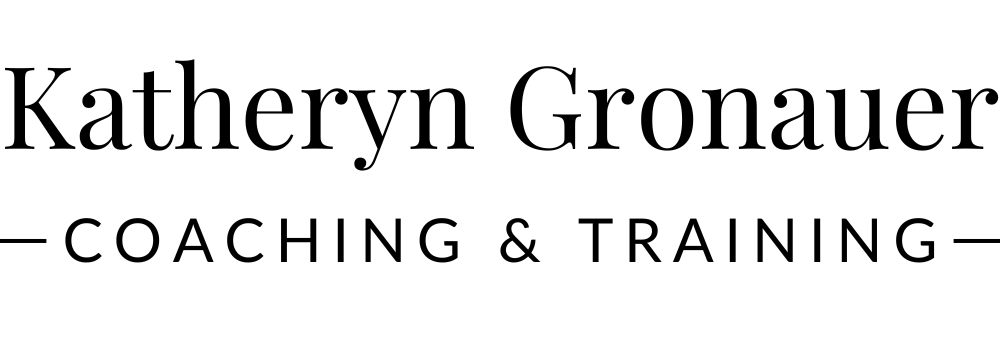Case Study: Anne is struggling to start a journaling practice
Anne is determined to get really good at journaling; she has started so many times but can't seem to get into the habit of writing every day.
She's tried different methods including free-flow writing, writing what she's thankful for, and following prompts. She's also experimented with writing first thing in the morning and also at night, but something always seems to get in the way of her remembering to be consistent.
Anne is determined to get this habit of journaling to stick. What should she do?
Here’s what Anne decided (and how, through coaching)
Anne realized through coaching that what she really wanted was to start an art practice.
Wait…what?
One of the beauties of coaching methodology is that it keeps space for a variety of possibilities; in other words, what clients say they want may not necessarily be what they really need, and they don’t know that until they are prompted through coaching questions.
Coaching Goal #1: Identify what Anne wants to achieve through journaling
I asked Anne what kind of impact she is looking to receive in her life through journaling. Upon reflection, she said she wants to have space to clear her mind and experience “me-time”.
Coaching Goal #2: Keep things broad to make space for exploration
Before asking Anne about her journaling practice, I asked her what “me-time” looks like to her, and what kinds of activities help her clear her mind.
Without even taking a moment to think, she automatically said that she enjoys watercolor painting. It’s the one activity where she feels she can be “in the zone” and not think about work, and the practice brings her joy.
Coaching Goal #3: Find out what impact new ideas will have on her life
By this point, I’ve let go of the need to revisit the topic of journaling. Anne has identified that she wants “me-time”, and that “me-time” means an art practice. So the next thing I asked her is how having a regular art practice would impact her life and she discovered that it would bring her joy and balance.
Coaching Goal #4: Encourage her to give it a try
When I say “encourage”, I don’t really mean that I’m being directive - I simply ask Anne what an ideal art practice schedule would look like to her. She said 3 days a week, particularly on days when she knows she is less likely to have overtime work.
Coaching Goal #5: Removing obstacles
Sometimes it’s hard for people to add things to their schedules, especially if they feel time constraints. Anne realized that the only way to follow through with having an art practice is to have a solid end-of-workday routine to make sure she gets out of the office on time.
Coaching Goal #6: Confirm action steps
Even though our end goal is for Anne to have an art practice, what she needs to focus on first is her end-of-workday routine so that she has the time to follow through. For the first 1-2 weeks, this is Anne’s challenge that she will experiment with.
What about you?
If you were to re-read this dilemma again with coaching questions in mind, would you still take the same path you originally thought?
It’s interesting to see what people decide, isn’t it? Every person is different, so even the same coaching sequence can lead to a different result - as long as the participant feels they are moving forward in alignment with their needs, it’s a win!


